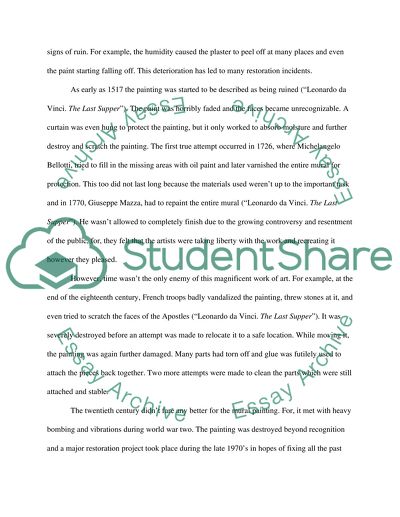Cite this document
(“The Last Supper by Leonardo da Vinci Essay Example | Topics and Well Written Essays - 1250 words”, n.d.)
Retrieved from https://studentshare.org/visual-arts-film-studies/1430611-the-last-suppermilan
Retrieved from https://studentshare.org/visual-arts-film-studies/1430611-the-last-suppermilan
(The Last Supper by Leonardo Da Vinci Essay Example | Topics and Well Written Essays - 1250 Words)
https://studentshare.org/visual-arts-film-studies/1430611-the-last-suppermilan.
https://studentshare.org/visual-arts-film-studies/1430611-the-last-suppermilan.
“The Last Supper by Leonardo Da Vinci Essay Example | Topics and Well Written Essays - 1250 Words”, n.d. https://studentshare.org/visual-arts-film-studies/1430611-the-last-suppermilan.


